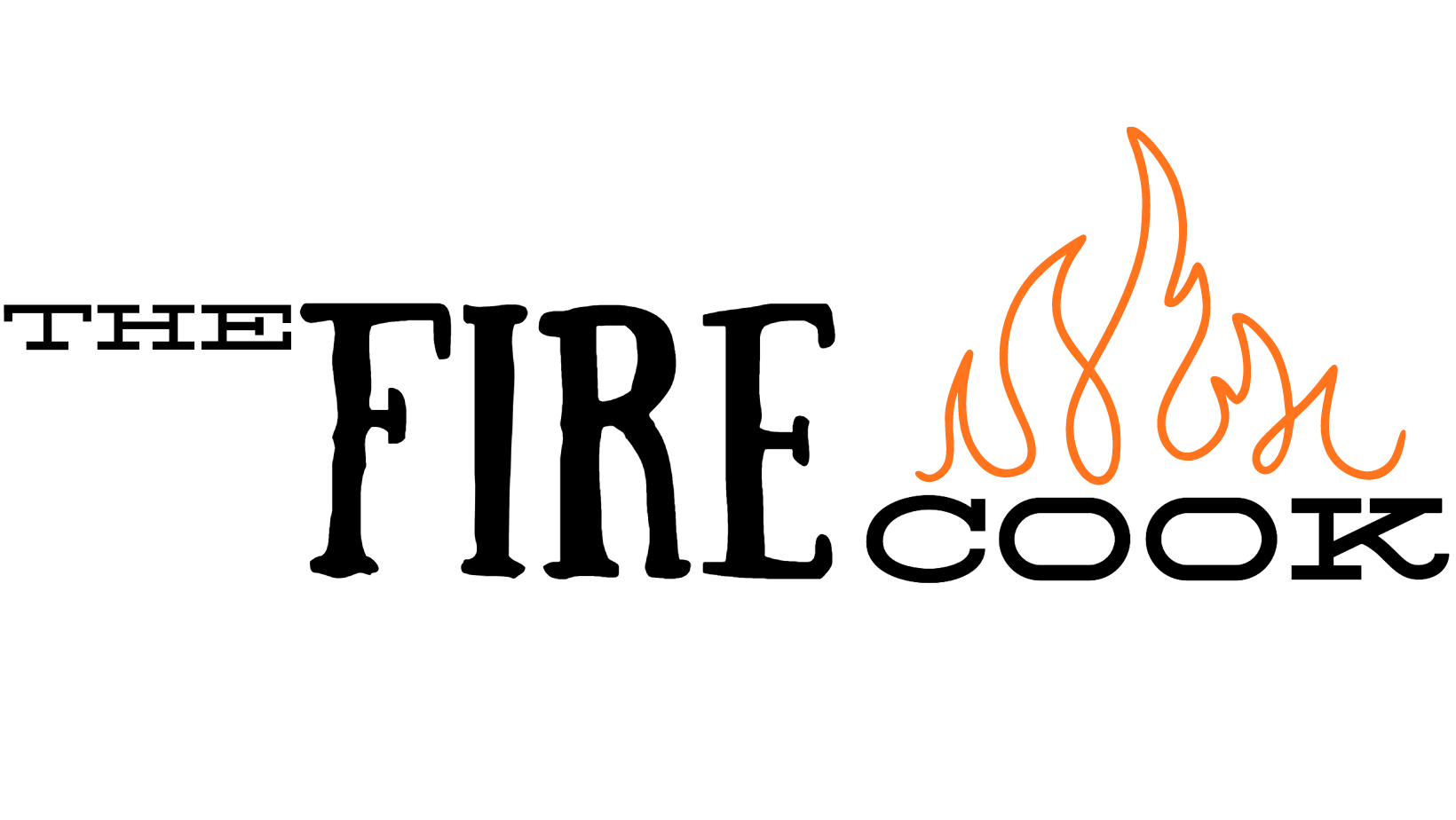You would think building a fire is an easy task but in reality it’s not as simple as you would think! Here are some important tips to make sure you start that fire each and every time on the first try. Believe me I still have moments that I rush through the process and have a hard time!
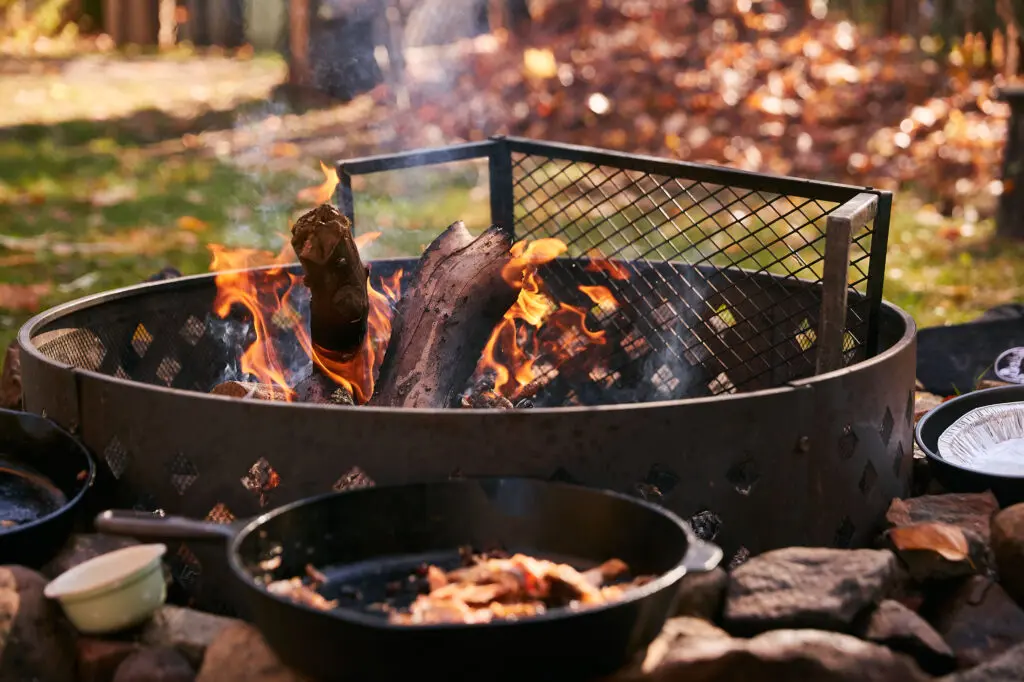
WHAT DO YOU NEED TO BUILD A FIRE

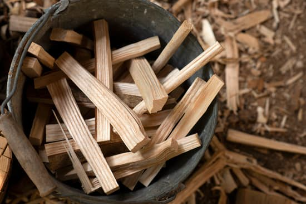
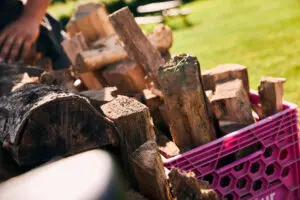
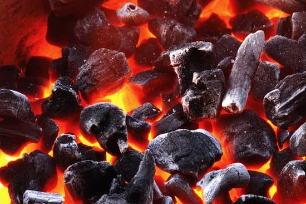
- Paper – Ideally some newspaper. This is what you will light first. Cardboard works but not the best as it tends to keep moisture easier. Alternatively, dry leaves. Really, really dry leaves!
- Kindling – Twigs, bark (dead), scrap wood or pallet pieces (untreated), newspaper and kindling sold in bags will serve as natural bases to start your fire. You want to make sure the kindling pieces are small in diameter.
- Wood – Well-dried wood that are piled on the kindling. Make sure you don’t use green wood. It contains too much moister, it rarely catches fire and produces a large amount of smoke. And it’s not nice!! Visit page on Wood Types to know more!
- Lump Charcoal – You can use lump charcoal to start your fire if you want to. Preferably the natural one and not the ones that have chemicals (charcoal briquettes) in them to make lighting easier.
WOOD VS LUMP CHARCOAL
Off the bat I will always use wood in my fires instead of charcoal for obvious reasons. Although depending on where you go camping you might be restricted on what you can bring (some states and counties forbid bringing your firewood from home). Always call the campground ahead of time to make sure!
If I can’t bring my firewood from home I will bring lump charcoal. Simply light the newspaper in the bottom of the chimney filled with charcoal either using your torch or a lighter. When the coal is very red and hot, after about 15 minutes, pour everything into your fire circle.
Once you are done cooking just throw some of the local firewood on the hot coals. Grab some chairs and marshmallows. Sit down and enjoy the evening!
BUILDING YOUR FIRE
A quick side note: my father being a mathematician has a mathematical method for almost everything, including… building a fire!
Once the base is lit (with paper and kindling), cover with logs of dry wood. This is where it becomes more complicated. There are several methods of stacking wood. I use two ways depending on how I’m feeling.
BERNOULLI’S PRINCIPLE
This is the method prefered by my dad. Swiss scientist, Daniel Bernoulli (1700–1782 ) that as a fluid flows through a narrower channel, its velocity increases. This means that its kinetic energy also increases.

Thus, if the center of your fire is its source of departure, it is better to cover it with a few strategically placed logs, leaving just enough room for the flames to pass than to surround the source of your fire with the famous tipi of logs which leaves too much room for flames to really channel and maximize combustion.
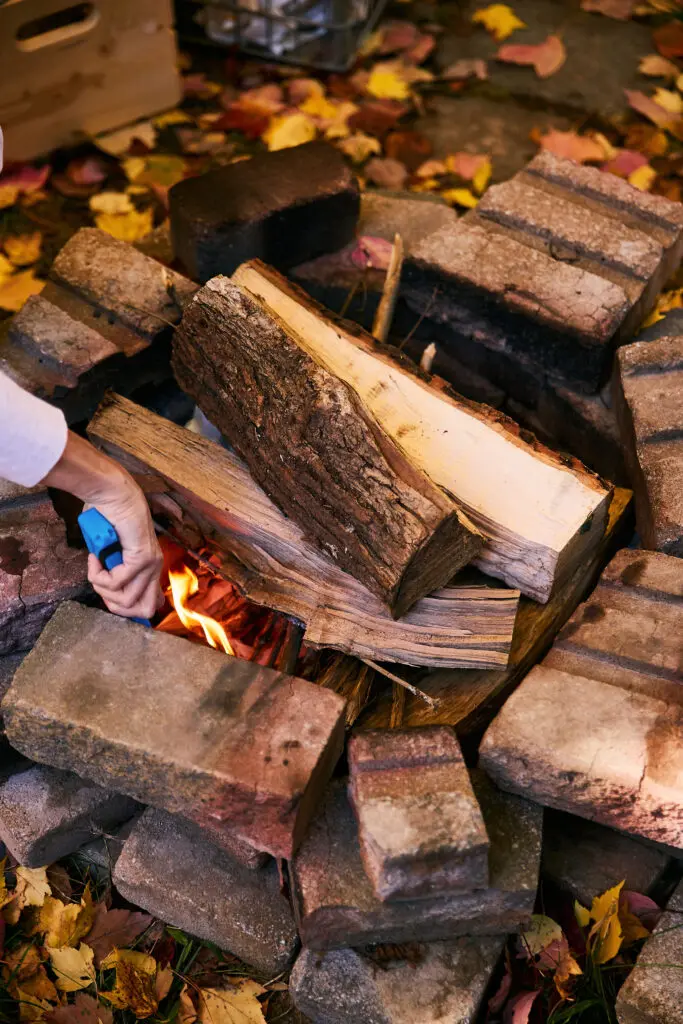
This is also my go to method of lighting a fire. My husband on the other hand likes the cross stack.
CLASSIC CROSS STACK
My husband, Lionel always uses the cross stack method (it doesn’t always work but I have to give him an A for effort!).
You simply stack your wood in a hashtag shape over the newspaper and kindling. He likes to finish it with an extra log on top. He calls it: “With a cherry on top!”
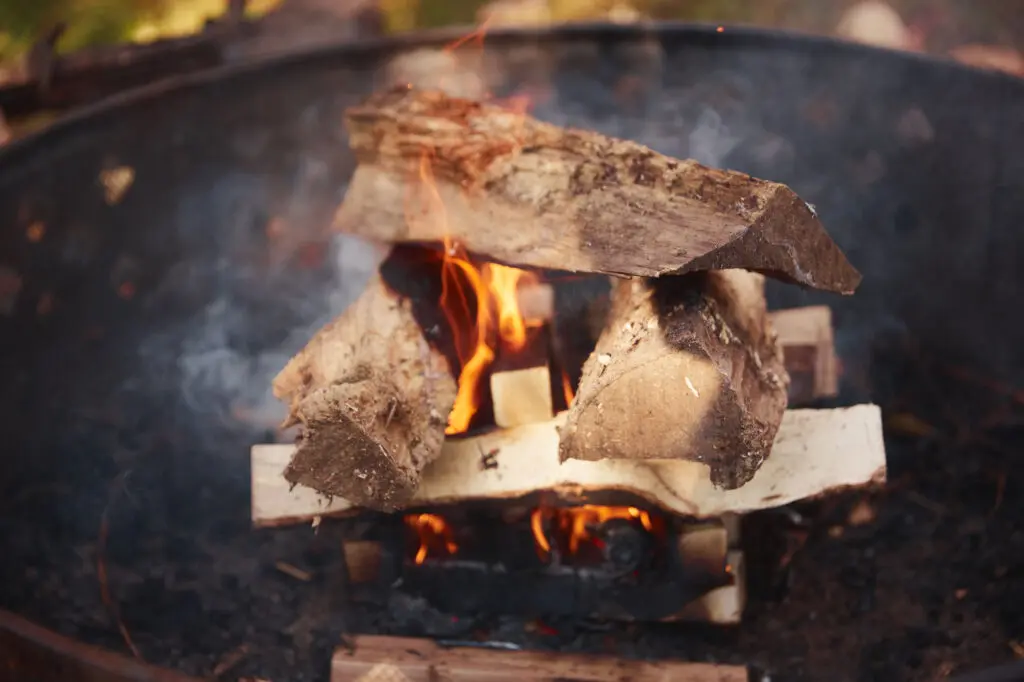
There are several other methods of wood placement like the teepee. It’s essentially surrounding a stack of kindling with logs that make the shape of a teepee. I tend to find this more of a show fire than an effective cooking fire.
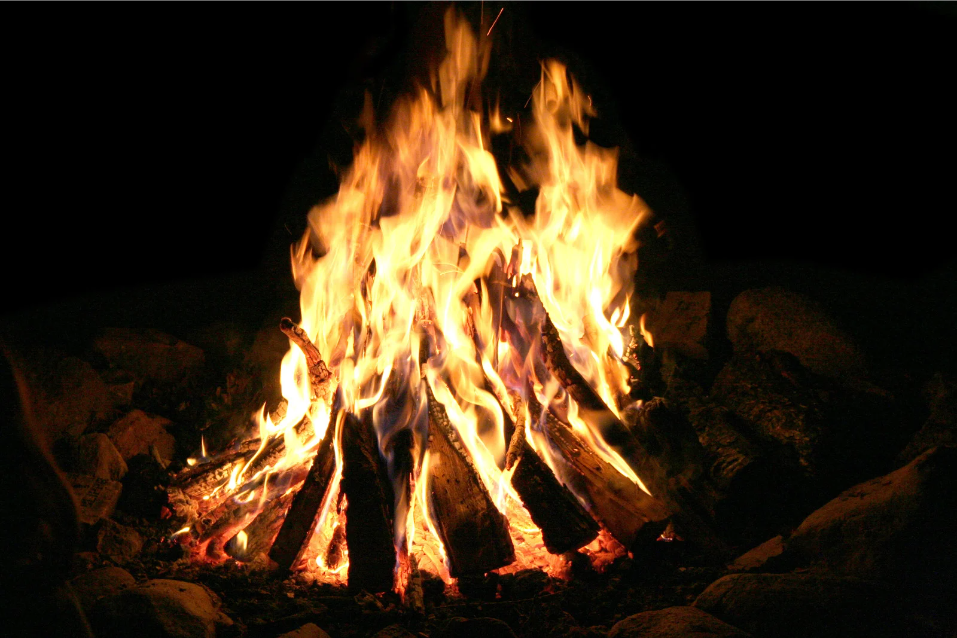
It doesn’t really matter which method you use to get your fire started as long as you DO NOT use gasoline or any other type of accelerant.
Once you are done with the fire whether it’s to go to bed or on a hike. The rule is quite simple: DO NOT leave your fire unatended. If you are not gonna use it anymore. PUT IT OUT!
Refer to this page on HOW TO PUT OUT YOUR FIRE!
